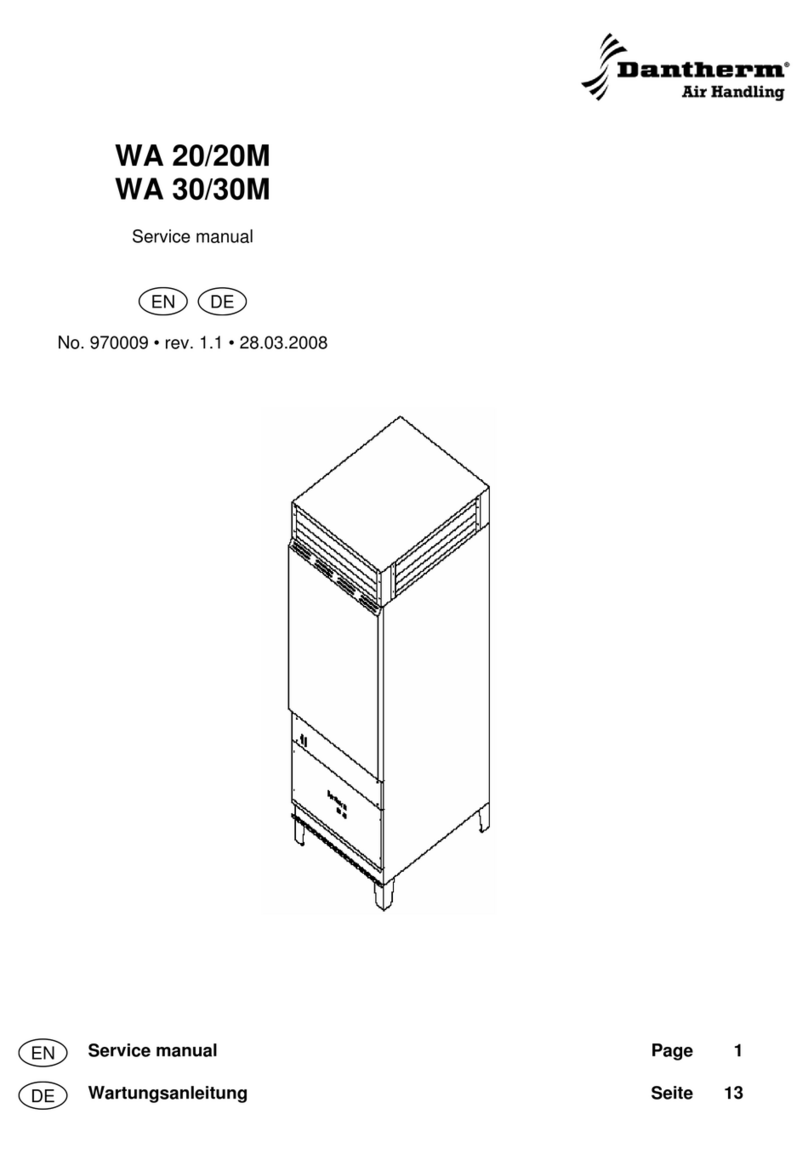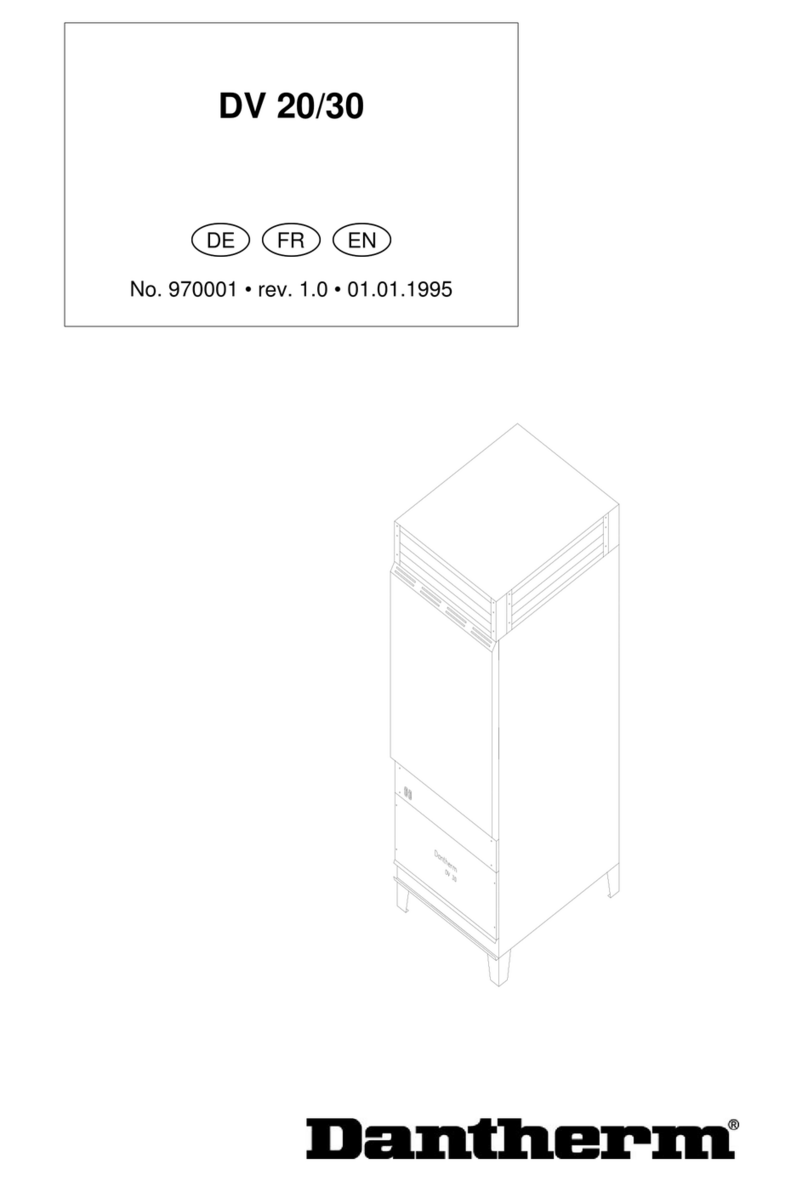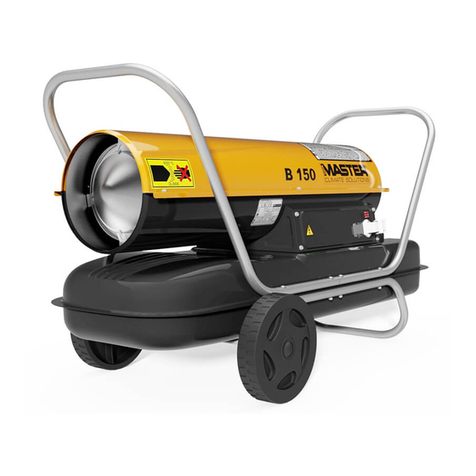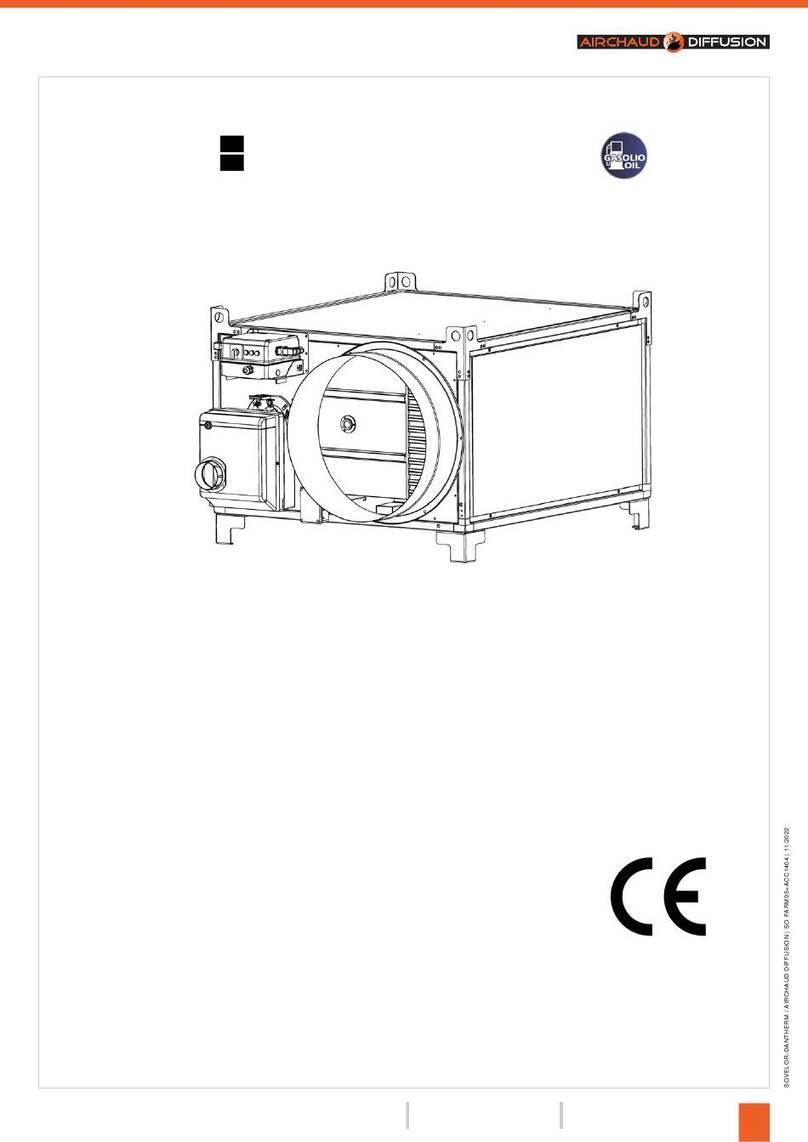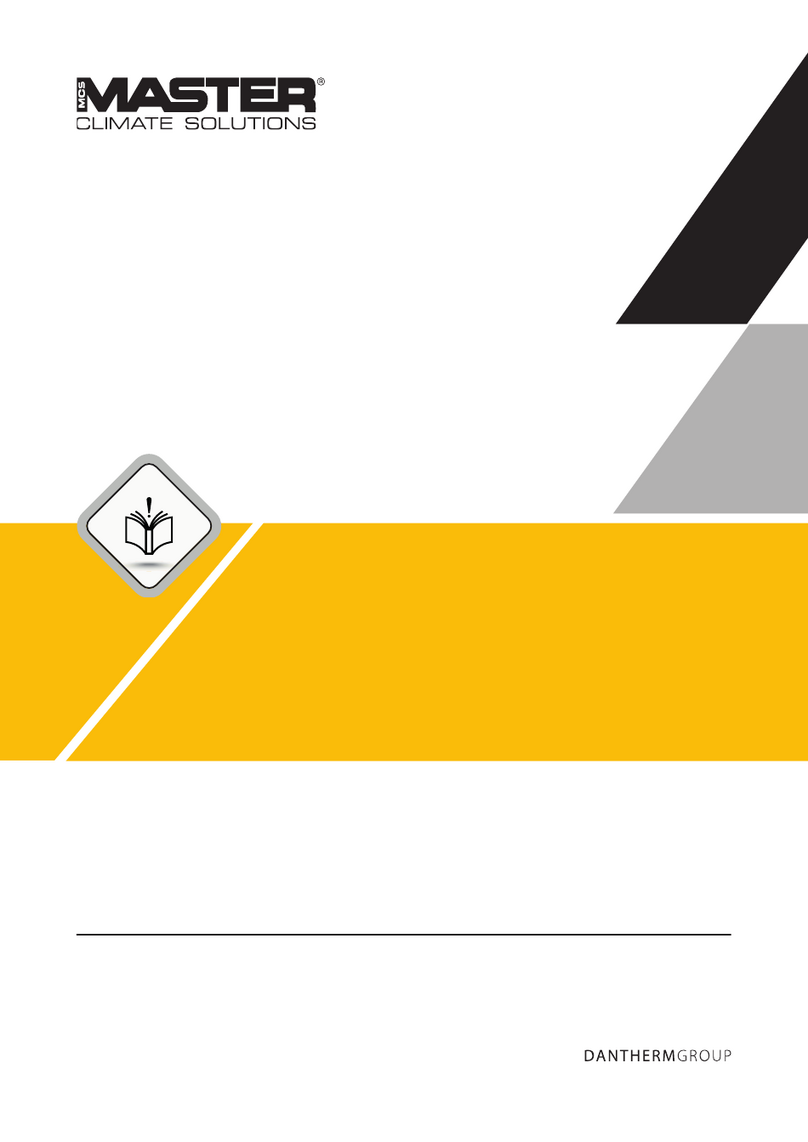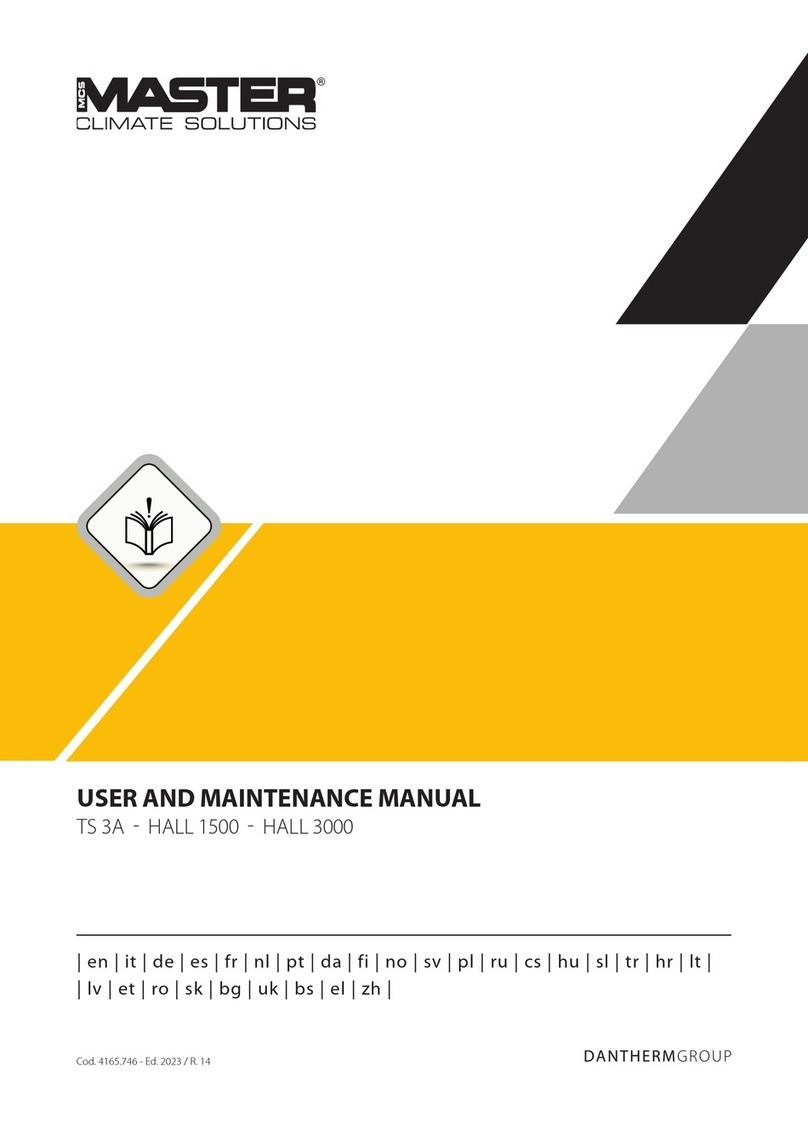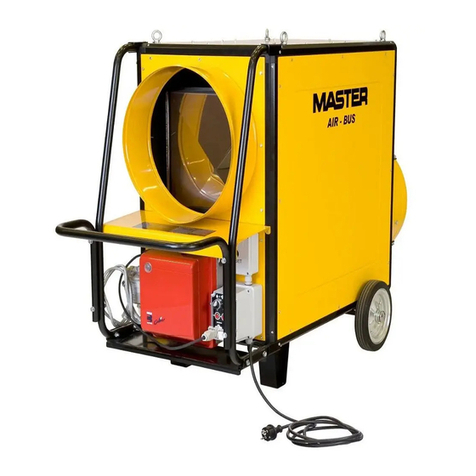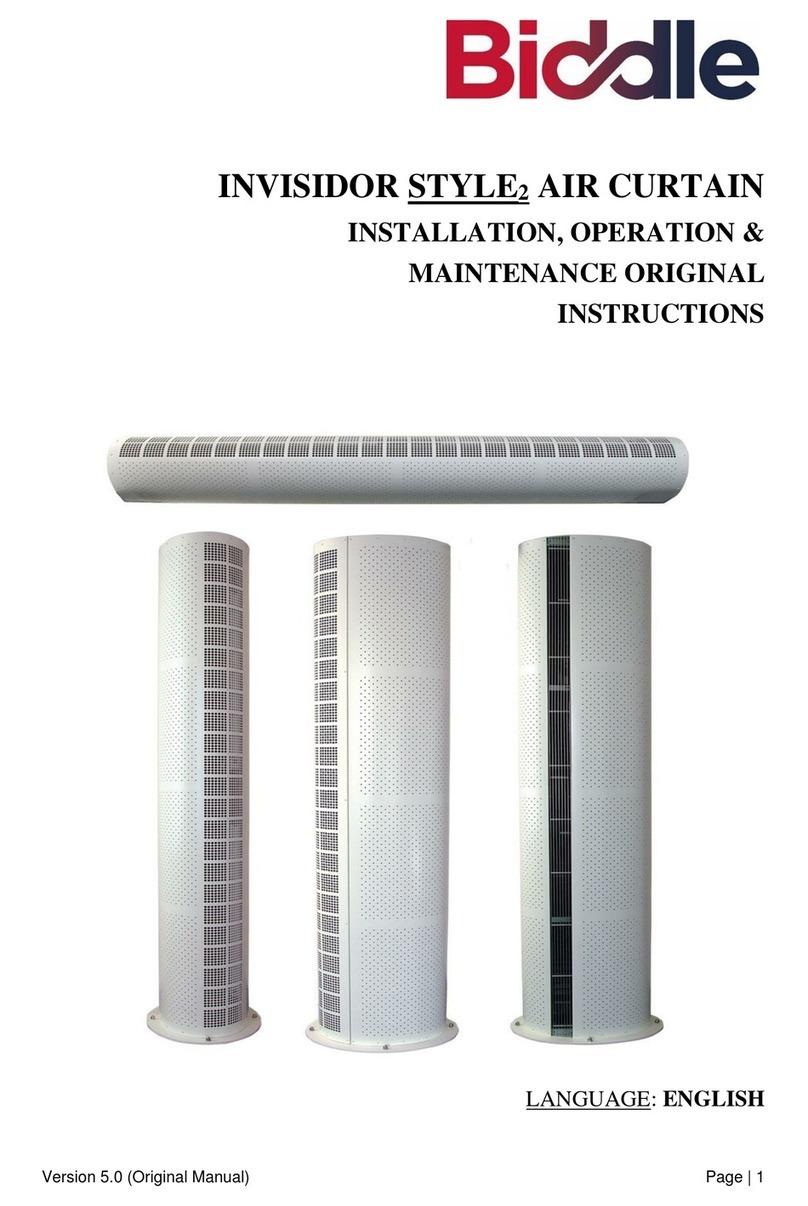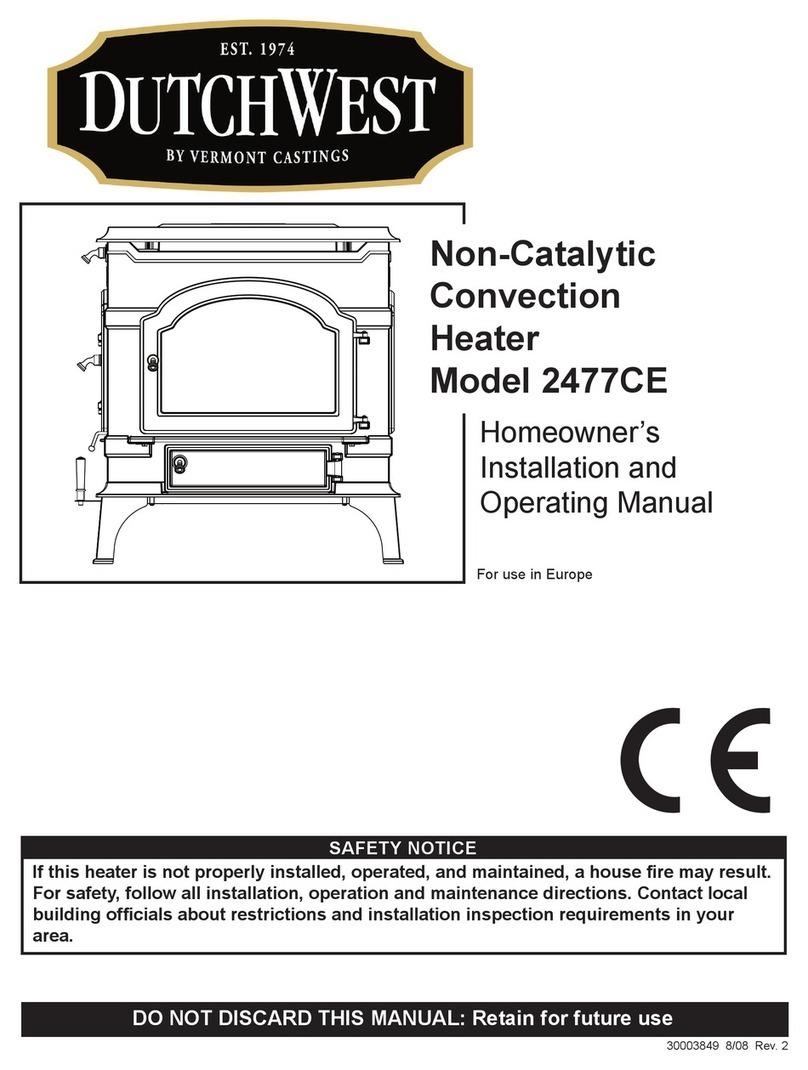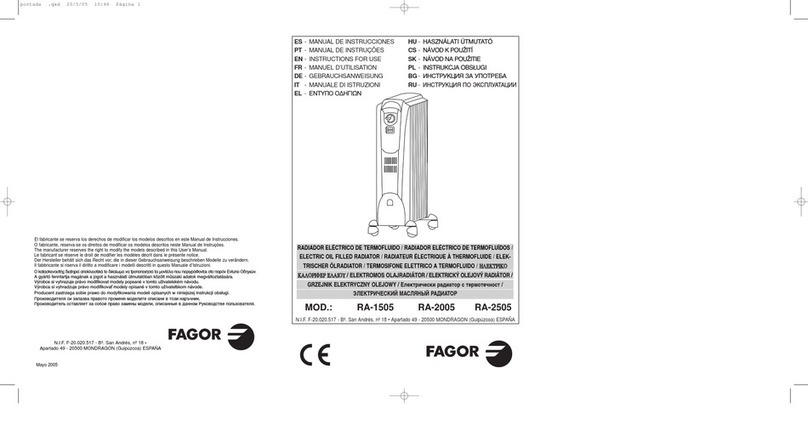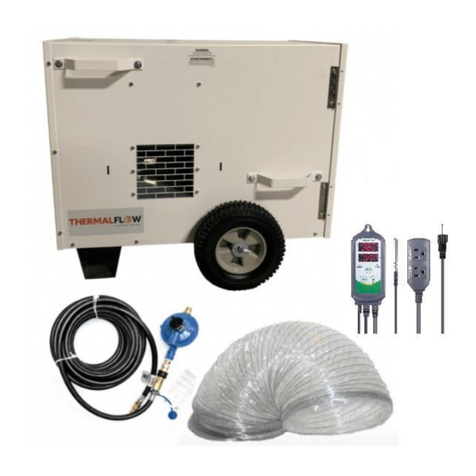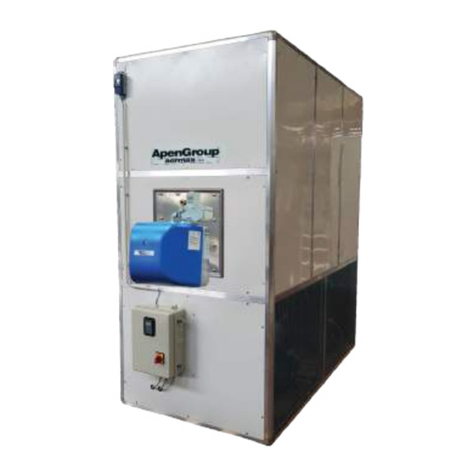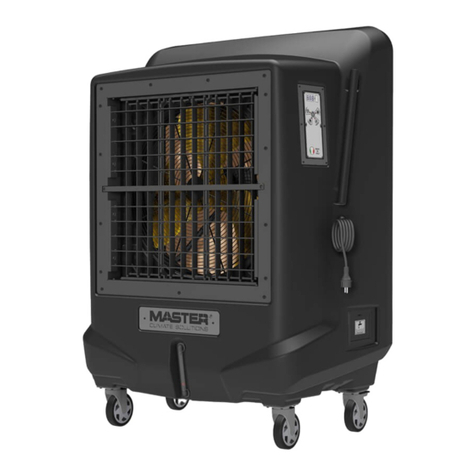
►1.1.13. When the heater is hot, or
connected to the power supply, or in
operation, it must never be moved,
handled, relled or subjected to any
maintenance work.
►1.1.14. Any repair work on the heater
must be carried out by the technical
support centre.
►1.1.15. Use only original spare parts,
strictly observing the basic conguration.
►1.1.16. Only apply original kits to the
heater.
►►1.2. REFUELLING:
►1.2.1. Only refuel the heater with the type
of fuel specied on the identication
plate attached to the product.
►1.2.2. Switch o and wait for the heater to
cool down completely before refuelling.
►1.2.3. Personnel responsible for
refuelling the heater must be careful and
use the appropriate safety devices.
►1.2.4. Fuel must be stored in accordance
with current regulations.
►1.2.5. All fuel tanks must be at a minimum
safe distance from the heater, according
to current regulations.
2. UNPACKING
►I°. Remove all packaging materials used to
wrap and deliver the heater and dispose of
them in compliance with the Standards in
force.
►II°. Extract all articles from the packaging.
►III°. Control for any damage undergone
during transport. If the heater appears
damaged, inform the dealer, where the
purchase was made, immediately.
3. ASSEMBLY (29-44 kW)
(SEE FIG. 1) These models have wheels and
handle/s depending on the model. These
components, complete with relative nuts and
bolts, are situated in the heater box.
4. FUEL
WARNING: The heater only works with
HVO 100 Biofuel, Diesel B7 or Kerosene.
Only use diesel or kerosene, to prevent the
risk of re or explosion. Never use petrol,
naphtha, solvents for paints, alcohol or other
highly inammable fuels.
Use non-toxic anti-freeze additives in the case
of very low temperatures.
5. FUNCTIONING PRINCIPLES
(SEE FIG. 2)
A. Combustion chamber and heads, B. Fan,
C. Motor, D. Compressor, E. Tank.
The compressor (D) started by the motor
(C) compresses the air, which through the
atomising nozzle, sucks up the fuel from the
tank (E) due to the “VENTURI EFFECT”.
On contact with the igniter, the atomised fuel
ignites inside the combustion chamber (A).
The combustion products are mixed with the
ow of room air generated by the rotation of
the fan (B) and pushed towards the outside of
the heater. A photoresistance, connected to
a circuit board, constantly checks the correct
functioning of the heater, stopping the cycle in
the event of anomalies.
6. FUNCTIONING
WARNING: Thoroughly read the
”INFORMATION REGADRING SAFETY”,
before switching the heater on.
IMPORTANT: Check the position of the
transformer switch (220-240V / 110-
120V). If the voltage set on the appliance
does not correspond to that supplied by
the mains, the voltage must be adapted.
Loosen the two lid screw fasteners,
shift the switch on to the voltage value
supplied and re-mount the lid (SEE FIG.
6).
VERIFY THE CONGRUENCE BETWEEN
POWER TENSION SUPPLY, SETTING OF
DUAL VOLTAGE SWITCH AND TYPE OF
PLUG, BECAUSE IMPROPER USE MAY
CAUSE DAMAGE TO THE HEATER.
6.1 SWITCHING THE HEATER ON:
►I°. Follow all instructions relative to safety.
►II°. Check the presence of fuel in the tank.
►III°. Close the tank cap.
►IV°. Connect the power supply plug to
the mains electricity (SEE VOLTAGE IN
“TECHNICAL DATA TABLE”).
►V°. Take the “ON/OFF” switch to the “ON”
(|) position (SEE FIG. 3-4). The heater
should switch-on within a few seconds. If
the heater does not start, consult the “12.
TROUBLESHOOTING” paragraph.
en
it
de
es
fr
nl
pt
da
no
sv
pl
ru
cs
hu
sl
tr
hr
lt
lv
et
ro
sk
bg
uk
bs
el
zh
